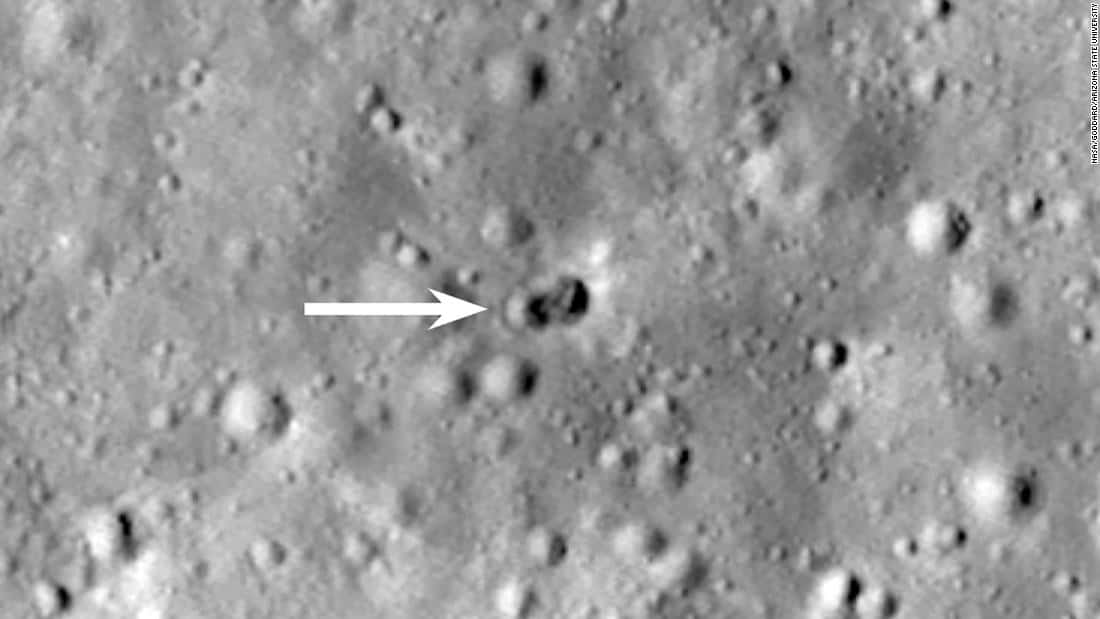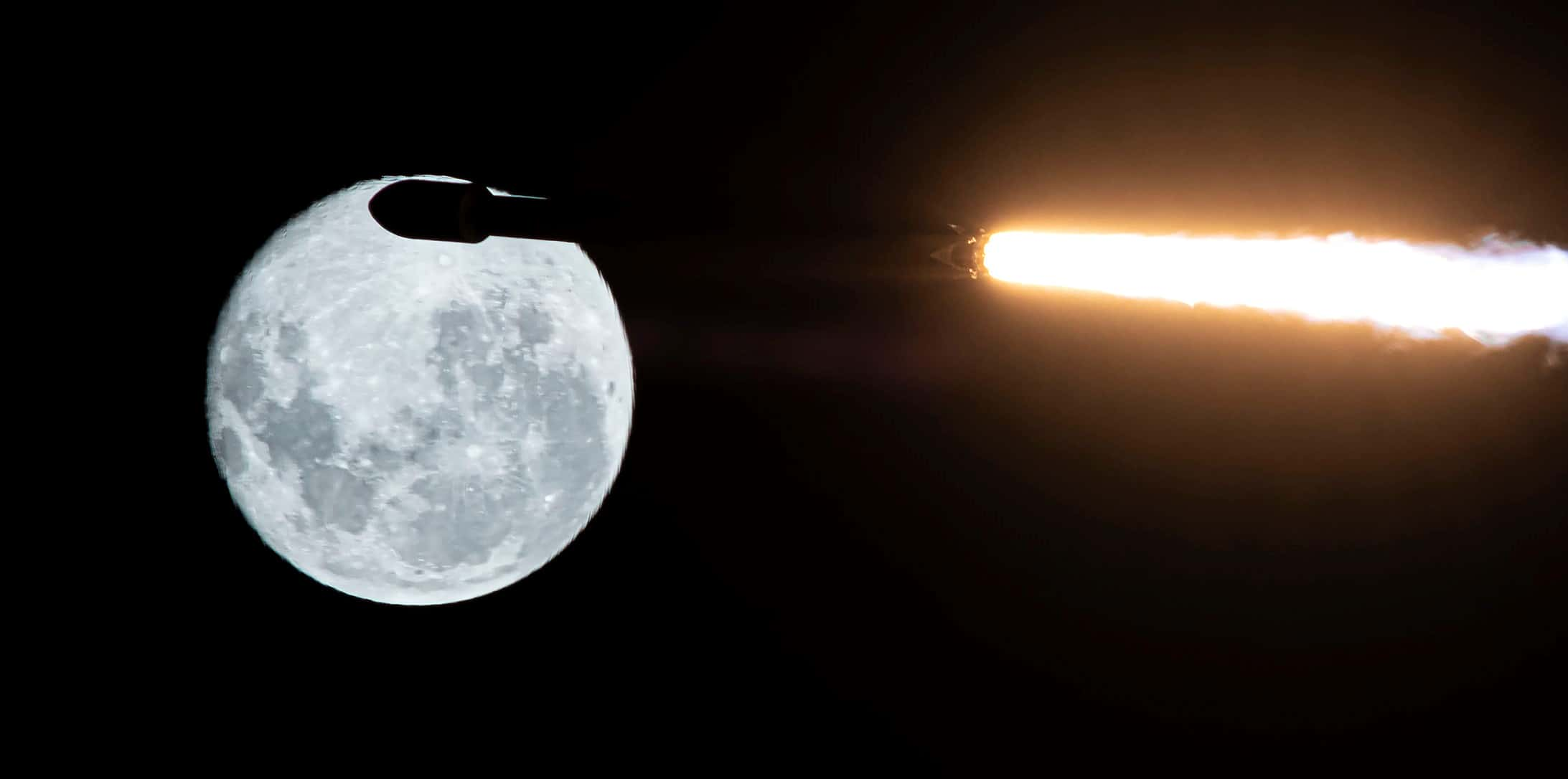A groundbreaking study published in the Planetary Science Journal has officially closed the case on the peculiar moon crash that occurred on March 4, 2022.

A Long March 3C rocket body collided with the moon’s far side, leaving an unusual double crater spanning about 95 feet wide
Astronomers, who had been monitoring the trajectory of this Long March 3C rocket for weeks, accurately predicted its impact on the lunar surface. Initially designated as WE0913A, the mysterious object was thought to be the upper stage of SpaceX’s Falcon 9 rocket. However, after extensive analysis, researchers, led by Tanner Campbell from the University of Arizona’s Department of Aerospace and Mechanical Engineering, now confirm that the impactor was indeed the third stage of the Long March 3C rocket from China’s Chang’e 5-T1 mission in 2014.
This study leveraged trajectory and spectroscopic analysis using ground-based telescopes, solidifying the conclusion about WE0913A’s identity
Despite China‘s claims that the Long March 3C rocket’s upper stage disintegrated upon reentry into Earth’s atmosphere after the Chang’e 5-T1 launch, U.S. Space Command refuted this assertion last year. The research also highlighted intriguing details about the crash. The Long March 3C rocket body displayed a stable tumbling motion, suggesting a dumbbell-like structure with substantial mass at both ends. The resulting double crater indicates two similar-sized masses striking the moon’s surface, differing from the usual impact patterns.
While the mass responsible for the unique crater remains a mystery, estimates suggest it exceeded the typical instrument deck weight carried by the Long March 3C rocket’s third stage. Campbell speculated it could have been additional support structures or specialized instrumentation, conceding that this aspect might remain forever unknown.




